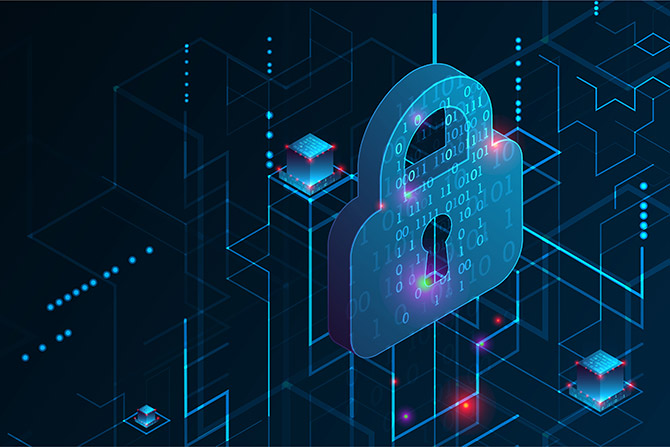Artificial intelligence already plays a part in our daily lives. From our smartphones to our navigation systems, it is integrated into many technologies we are already familiar with. AI has allowed for the development of powerful tools to enhance security. But it can also present new challenges as cybercriminals utilize its capabilities as well.
The Pros of Artificial Intelligence
Enhanced Threat Detection
AI dramatically improves the ability to detect emerging threats. Traditional security systems often rely on known threat databases and previously encountered attack patterns. AI, however, utilizes machine learning to analyze patterns and learn from them, enabling it to identify anomalies that could signify new, never-before-seen threats. This proactive approach to threat detection offers unique benefits in a landscape where attackers continually evolve their strategies.
Combatting Security Fatigue
Using artificial intelligence properly can help combat fatigue and increase productivity. This makes us better digital citizens and reduces the risk of falling for threats like phishing emails just because of fatigue.
AI Chatbot Reminders
- Avoid putting sensitive personal or company information into an AI chatbot.
- Don’t blindly trust the chatbot’s outputs. Ask your chatbot to cite its sources and verify the accuracy of its response.
Potential Cybersecurity Threats of Artificial Intelligence
AI in Phishing Attacks
Cybercriminals are using AI to generate phishing messages without errors. Spotting misspelled words or grammar errors is no longer a sure way of determining whether a message is a scam. By analyzing vast amounts of data with AI, scammers can also create extremely specific spear phishing messages using the personal details of the user they are targeting.
Deepfakes and Misinformation
The use of AI deepfakes — highly realistic fake audio and video — is on the rise. These deepfakes can be used to spread misinformation or impersonate individuals to gain unauthorized access to sensitive information. Cybercriminals also use hot topics in their deepfakes to get users to click on malicious links.
Scam Efficiency
Scammers can now operate at a scale previously unimaginable, and they can rapidly adapt their strategies in response to detection efforts. Automated systems help them test different approaches, learn from their failures and refine their techniques.
Tips
Think twice before trusting a familiar face or voice. Continue using the SLAM method to evaluate the sender, links, attachments and messages of emails, texts and other online communications.
For more information, contact Joe Dunne at jdunne@stradiant.com or call (512) 271-4508.









